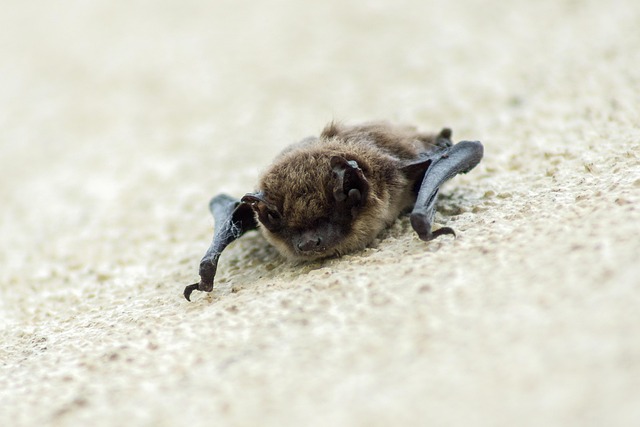Bats are often misunderstood creatures. While they play a vital role in controlling insect populations, you certainly don’t want them setting up camp in your attic. A bat infestation can go unnoticed for quite some time, quietly growing behind the drywall and insulation. Knowing how to spot the early signs — and what to do next — can protect your home and your health.
Clues That Bats May Be Inside Your Attic
The first sign most homeowners notice is sound. Bats are nocturnal, so you might hear light fluttering, scratching, or squeaking sounds at dusk or dawn as they leave or return. These noises are typically subtle but become more noticeable as the colony grows.
Another common indicator is guano, or bat droppings. This often accumulates near entry points, such as vents, soffits, or roofline gaps. Guano looks like dark, crumbly pellets and tends to pile up rather than scatter. You might also notice a strong, musty ammonia smell — a byproduct of bat urine and droppings that builds up over time.
Visually inspecting your attic or eaves at dusk can reveal bats exiting the structure. Bats often squeeze through very small gaps — as narrow as a half inch — so it’s important to look closely. Stained areas near these openings, caused by the oils in a bat’s fur, can also signal frequent use.

What To Do If You Suspect a Bat Infestation
If you suspect bats are nesting in your attic, it’s important to resist the urge to seal up any openings immediately. Doing so could trap bats inside, leading to even more serious problems — including damage and health risks.
The first step should be to confirm the presence and entry points. A professional wildlife specialist or pest control technician can conduct a thorough inspection and determine the species involved. In many regions, bats are protected by law, and eviction must follow specific guidelines that prevent harm to the animals, particularly during maternity season.
The most common and humane method of removal involves the installation of one-way exclusion devices that let bats exit safely but prevent them from reentering. Once all bats are gone, all potential entry points should be sealed and the attic thoroughly cleaned and sanitized to remove guano and odor.
Preventing Future Intrusions
Regular home maintenance can go a long way in preventing bats and other wildlife from entering your attic. Check for loose shingles, gaps around vents, or unsealed eaves. Installing fine-mesh screens and keeping tree branches trimmed away from the roof can also help reduce risk.
By staying alert and taking timely action, you can ensure your attic remains bat-free — and your home stays safe, sound, and serene.
